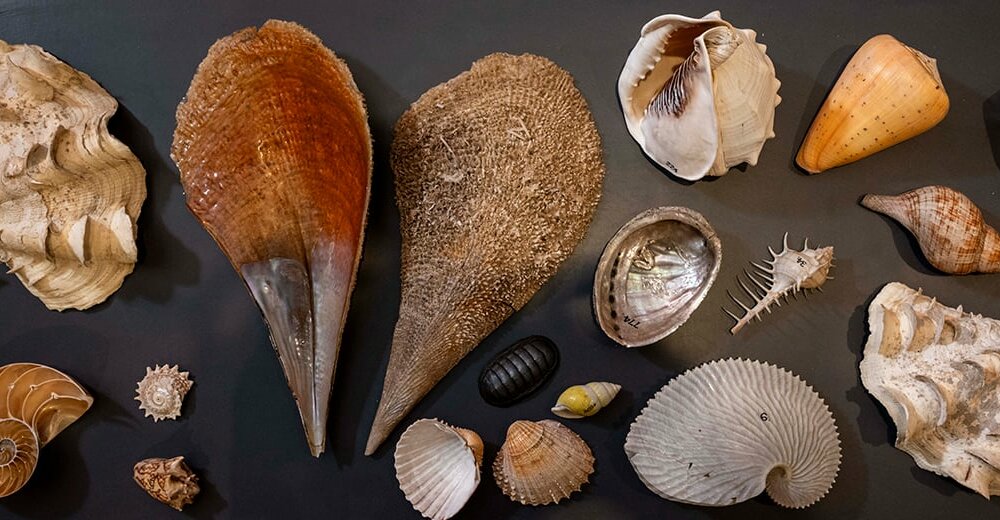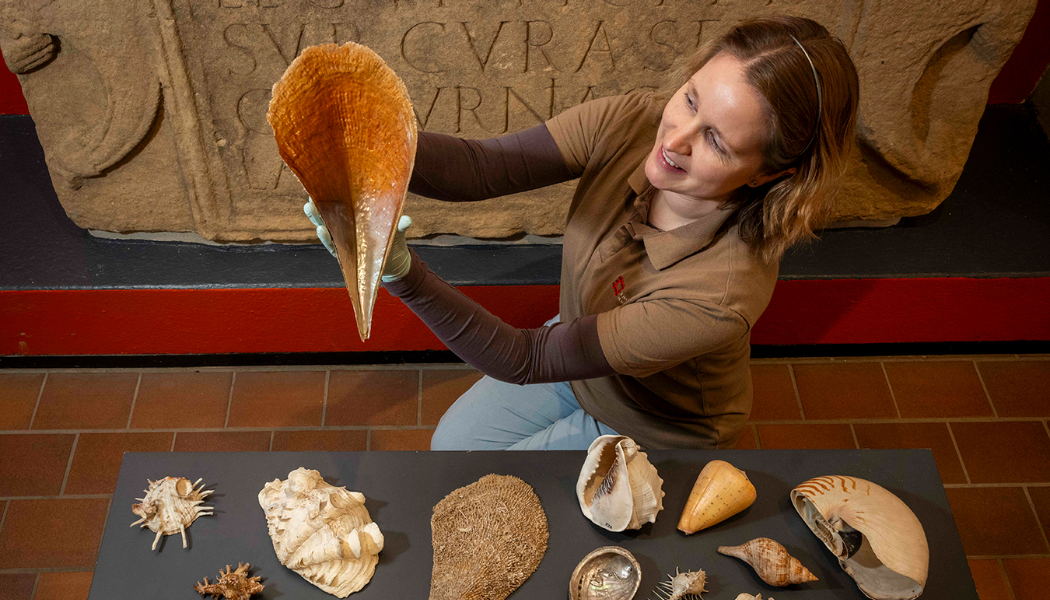An 18th-century shell collection which was very nearly lost for good has been returned to English Heritage 40 years after being thrown out.
The surviving collection consists of more than 200 specimens, including an extinct species and several believed to have been sent back from Captain Cook’s ill-fated third voyage.
The shells were the lifelong passion of collector Bridget Atkinson, who died in 1814 at the age of 82. Dr Frances McIntosh, English Heritage’s Collections Curator for Hadrian’s Wall and the North East, described Atkinson as a “remarkable woman, with a real curiosity about the natural world.
“At a time when women generally collected shells to decorate their furniture and grottos, Bridget was collecting them for their scientific and geographical interest rather than their aesthetics.”
Her passion for collecting was inherited by her grandson, John Clayton who grew up with Chesters Roman Fort in his garden, and whose own archaeological collections formed the basis of its museum. Around 200 of Atkinson’s shells remained on display in the museum, and were loaned to the zoology department of Armstrong College, now Newcastle University.
In the 1980s, the shells were thrown out during an office clear-out at the university.
It has now been revealed that a passing lecturer and marine biologist – Dr John Buchanan – happened to spot the shells in the skip and took them to his family home.
The family of Dr John Buchanan explained: “’Following the death of our mother, we discovered the shells were part of the Clayton Collection. We were delighted to return the collection to English Heritage for future generations to enjoy”.

Dr Tom White, Principal Curator of non-Insect Invertebrates at the Natural History Museum helped English Heritage to identify and catalogue the shells.
White said: “’Bridget Atkinson was one of the earliest known women to have amassed a scientifically significant shell collection from around the world.
“The collection includes numerous rare species, including New Zealand endemics obtained from her connections to James Cook’s third voyage, the extinct Distorsio cancellina and others, like the giant clam, that are now CITES protected.
“These would have been extraordinarily sought-after in 18th-century Britain, during the golden age of shell collecting when single specimens could sell for thousands of pounds.”
The collection will go on display at Chesters Roman Fort and Museum for the first time in more than 100 years on 13 March 2024.










